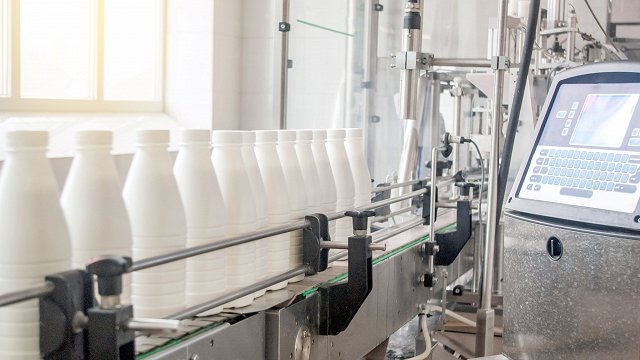Out of the number, the majority (24.8 %) had acquired a master’s degree, 13.2 % had a bachelor’s degree, 3.4 % had short-cycle tertiary (college) education, and 0.7 % had a doctorate.
In 2022 upper secondary education was completed by 37.2 % of the employed persons, post-secondary non-tertiary education by 13.8 %, lower secondary education (second stage of primary education or basic education) by 6.6 %, and the first stage of primary education by 0.3 %.
In 2022 a tenth (11.9 %) of the employed persons aged 25 and over occupied manager posts, a third (33.9 %) was formed by technicians and associate professionals, almost a fourth (22.3 %) by skilled agricultural, forestry and fishery workers as well as craft and related trades workers, and a fifth (19.6 %) by clerical support workers as well as service and sales workers. Elementary occupations engaged 12.4 % of the number.
The share of employed persons having higher education has gone up in almost all major groups of occupations, however the sharpest rise was recorded among managers (of 1.1 percentage points or from 69.5 % in 2021 to 70.6 % in 2022).
Drop in the share of employed persons with higher education was registered among skilled agricultural, forestry and fishery workers (0.7 percentage points or from 3.3 % in 2021 to 2.6 % in 2022).
In 2022 the highest employment rate (92.2 %) within population aged 25–64 was among people having doctorate, followed by those with master’s degree (84.1 %), bachelor’s degree (82.1 %), and short-cycle tertiary education (85.2 %).





























